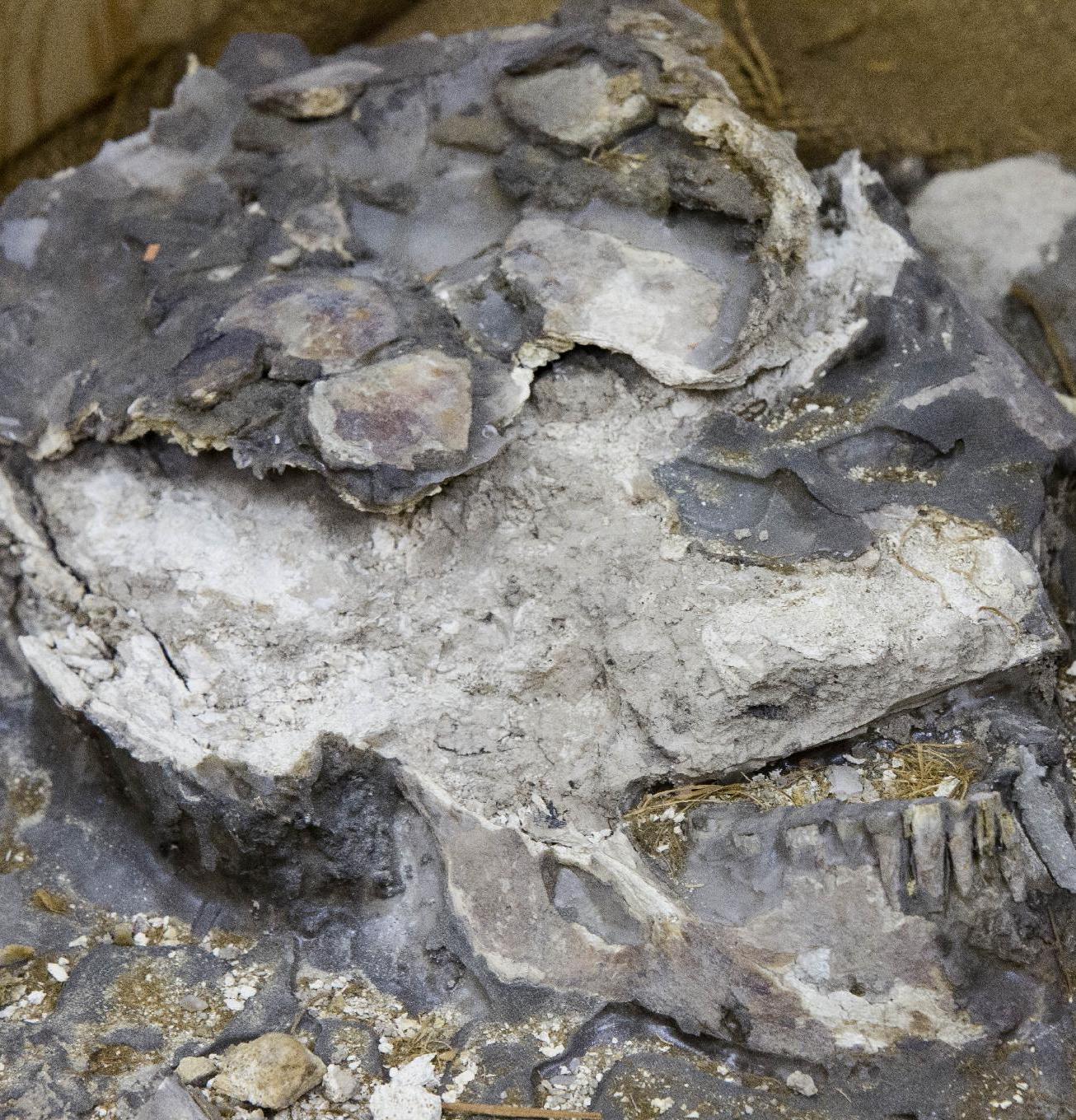Skeleton in the closet: Museum rediscovers ancient skeleton in storage
An archaeology museum in Philadelphia has made an extraordinary find—in its own storage rooms. The University of Pennsylvania’s Penn Museum announced Tuesday that it had rediscovered a 6,500-year-old human skeleton originally excavated from southern Iraq around 1930. The complete remains, which had been kept in a coffin-like box, were missing documentation until researchers recently began digitizing the museum’s collection from an expedition to Ur, an ancient city in modern-day southern Iraq.
So we went, found the crate, opened it up and compared it to the field notes and the field photographs, and we had a match.
William Hafford, project manager
The body is believed to be that of a well-muscled man at least 50 who stood 5 feet, 9 inches tall, according to researchers. A skeletal analysis, possibly including a CT scan, could reveal more about his diet, stresses, diseases and ancestral origins. Complete human skeletons from that era—known as the Ubaid period, from 5,500 to 4,000 B.C.—are rare, partly because the region’s burial practices and type of land didn’t lead to good preservation.

Arts